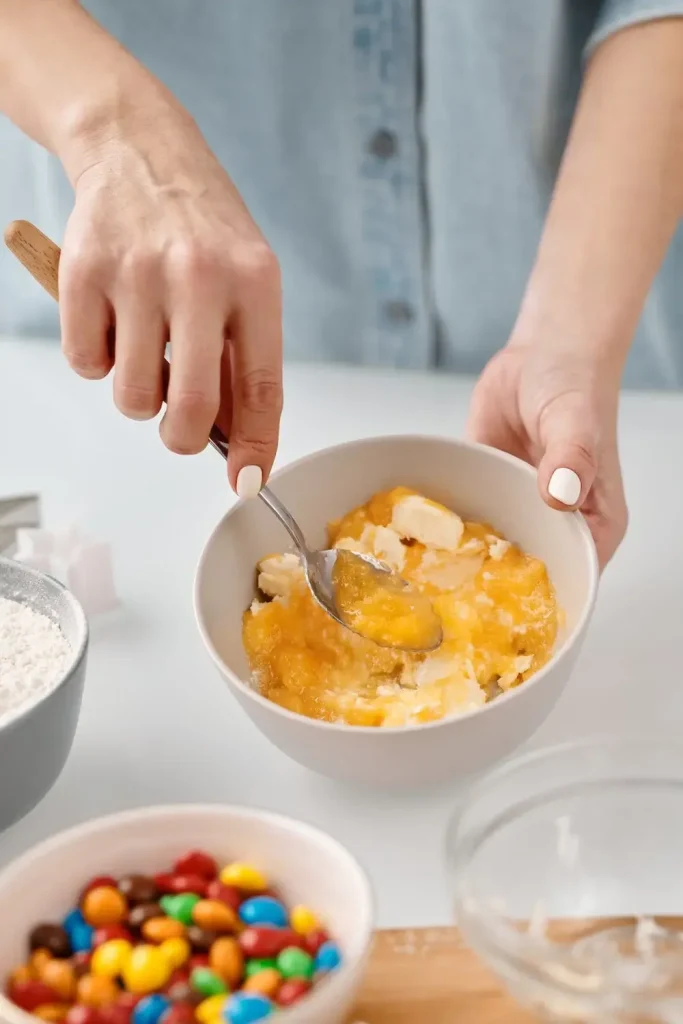Have you ever wondered whether the ghee you use daily is pure or impure?
Many ghee producers on the market substitute or blend inexpensive Vanaspati oil with genuine ghee. Few producers minimize the cost of ghee and thus offer it for less by adding vegetable oils or other fatty ingredients.
However, those items are unhealthy and can harm your overall health. Therefore, where can you find pure A2 ghee? Here is a little advice.
How to Verify A2 Desi Ghee’s Purity?
On Your Palm, Apply The Ghee.
Put a small amount of ghee on your hand. Ghee is pure if it begins to melt on its own since it melts at body temperatures.
Check The Ghee’s Color
If ghee is heated to the point where it melts quickly and turns a dark brownish color, it is genuine ghee. It is impure if it takes a long time to melt and also is pale yellow.
Scientific Ghee Testing Procedure
Please take a little bit of melted ghee and put it in a test tube. Add a small amount of strong hydrochloric acid and sugar to it. Shake it vigorously and give it five minutes. When the lower acid layer turns crimson, vanaspati oil is present in the ghee. However, if the color of the combination does not change, additives have not occurred.
Technique Using a Double Boiler
Coconut oil is one of the most popular ingredients used to adulterate ghee. Melt some ghee in a container and place it in the refrigerator to cool to detect its presence. The liquids will separate into two layers if any coconut oil is present.

Bottle Method
Put a teaspoon of melting ghee and a dash of sugar in a bottle. Close the container’s lid, give it a good shake, and then leave it alone for 5 minutes. Your ghee has vegetable oil if there is a small patch of red hue at the bottom of the bottle.
Iodine Test
This test can determine whether your ghee has any starch residues. Add a few drops of the iodine solution to a tiny amount of melted ghee. There is starch present if the iodine becomes purple.
HCL Exam
Since this method demands hydrochloric acid, which not all families have on hand, it might not be practical for everyone. If you get some, put some ghee in a jar and mix in the same amount of hydrochloric acid. Add a dash of sugar as well. Stir the mixture thoroughly, and then wait. Your ghee can have been contaminated with hydrogenated oils, such as vanaspati ghee if you see the emergence of red or pink color in the bottom layers.
Because adulteration lessens the nutritious qualities of pure cow ghee, it is a severe problem. Your health will benefit greatly from using pure A2 ghee. It enhances heart health, aids digestion, and serves as storage for vitamins and minerals. It also offers unmatched healing properties for your skin and immunological response. The ghee you eat must be pure, natural, and absent of additives.
Genuine A2 ghee quality
Pure ghee is clarified butter that has not been altered in terms of flavor, preservative, or color. Grass-fed ghee is ghee that has been made entirely from butter from grass-fed cows. It has at least five times as much CLA and beta carotene as grain-fed cow milk butter.
To get the full benefits of ghee, experts in the dairy industry advise including grass-fed ghee in your diet.
Before buying A2 ghee, check the points mentioned below.
If the cow A2 ghee is made from 100% grass-fed, organically certified cow milk butter.
If the food is natural and dairy certified as an additive, preservative, and synthetic color free.
If the cow ghee has a lengthy shelf life, pure ghee can be kept in the kitchen without refrigeration for up to 12 to 18 months after the date of manufacture.
Conclusion
These are a few things to look for when purchasing pure A2 ghee. You might not receive all the benefits of ghee unless you purchase and consume pure quality ghee. Quality control is, therefore, crucial for this dairy product.










